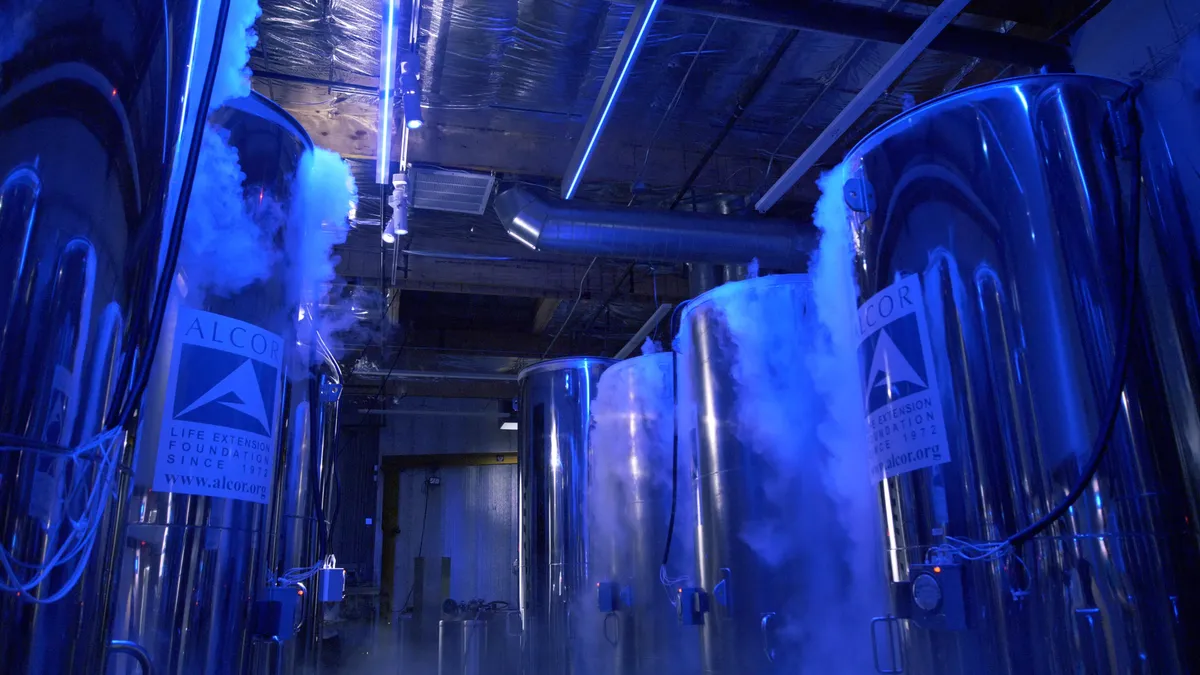In recent years, cryopreservation has captured the mind of the public, scientists, and futurists alike. The word cryonics is derived from the Greek word “krýos,” meaning “icy cold.” The process, which involves preserving human bodies at extremely low temperatures, promises to halt biological decay and potentially extend life beyond current limitations. But what exactly does cryopreservation do to human bodies, and how realistic are the expectations surrounding this technology?
The Science behind Cryopreservation
Cryopreservation is a technique that uses liquid nitrogen to cool biological specimens, including human bodies, to temperatures around -196°C (-321°F). At these temperatures, metabolic processes and biochemical reactions come to a near-complete pause. This ideally preserves the body in a state that could be revived in the future, when medical technology might have advanced enough to cure currently incurable diseases and repair cellular damage caused by the freezing process. Bedford was the first human to be cryonically preserved that is, frozen and stored indefinitely in the hopes that technology to revive him will one day exist. He’s been at Alcor since 1991
The Process of Cryopreservation
The process begins immediately after a person is declared legally dead. A team of specialists stabilizes the body, ensuring that oxygen continues to circulate and critical functions are maintained to prevent cellular damage. The body is then cooled to just above 0°C and injected with cryoprotectants substances that prevent ice formation within cells, which can cause significant damage. Finally, the body is gradually cooled to the temperature of liquid nitrogen and stored in a cryogenic tank. On a smaller scale in day-to-day medicine, freezing is an extremely useful technique for storing living cells, such as blood cells, bone marrow, sperm and embryos, at ultra-low temperatures.
Challenges and Controversies
Despite its futuristic application, cryopreservation faces significant scientific and ethical challenges. One of the primary scientific hurdles is ice crystal formation, which can cause cellular damage and render tissues nonviable upon thawing. Cryoprotectants help dull this issue, but they are not foolproof. Additionally, heat and mass transfer issues, and oxidative damage. Ice crystals can damage intercellular connections and blood vessels.
Ethically, the practice raises questions about consent, the definition of death, and the societal implications of potentially reviving individuals in a future society that might be vastly different from the one they left behind. Critics argue that cryopreservation preys on the fears of death and exploits vulnerable individuals, offering them hope without guaranteed results.
Can humans revive after being frozen?
As of now, cryopreservation remains largely theoretical with no verified cases of successful human revival. However, advancements in related fields such as regenerative medicine, nanotechnology, and tissue engineering provide hope that the technology might one day become viable. Researchers are exploring ways to improve cryoprotectant formulas, reduce ice formation, and repair cryopreservation-induced damage at the molecular level.
Several companies, such as Alcor Life Extension Foundation and Cryonics Institute, offer cryopreservation services, with hundreds of individuals currently preserved in their facilities. These organizations operate on the belief that science will eventually overcome the challenges associated with cryopreservation, making it possible to revive and heal those who have been preserved.
